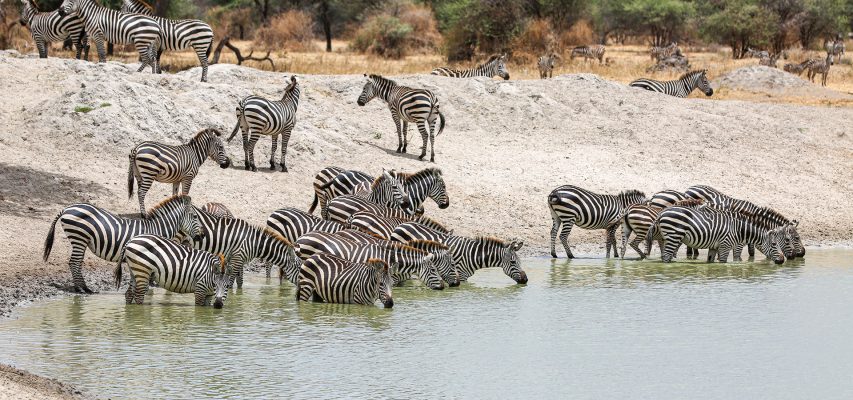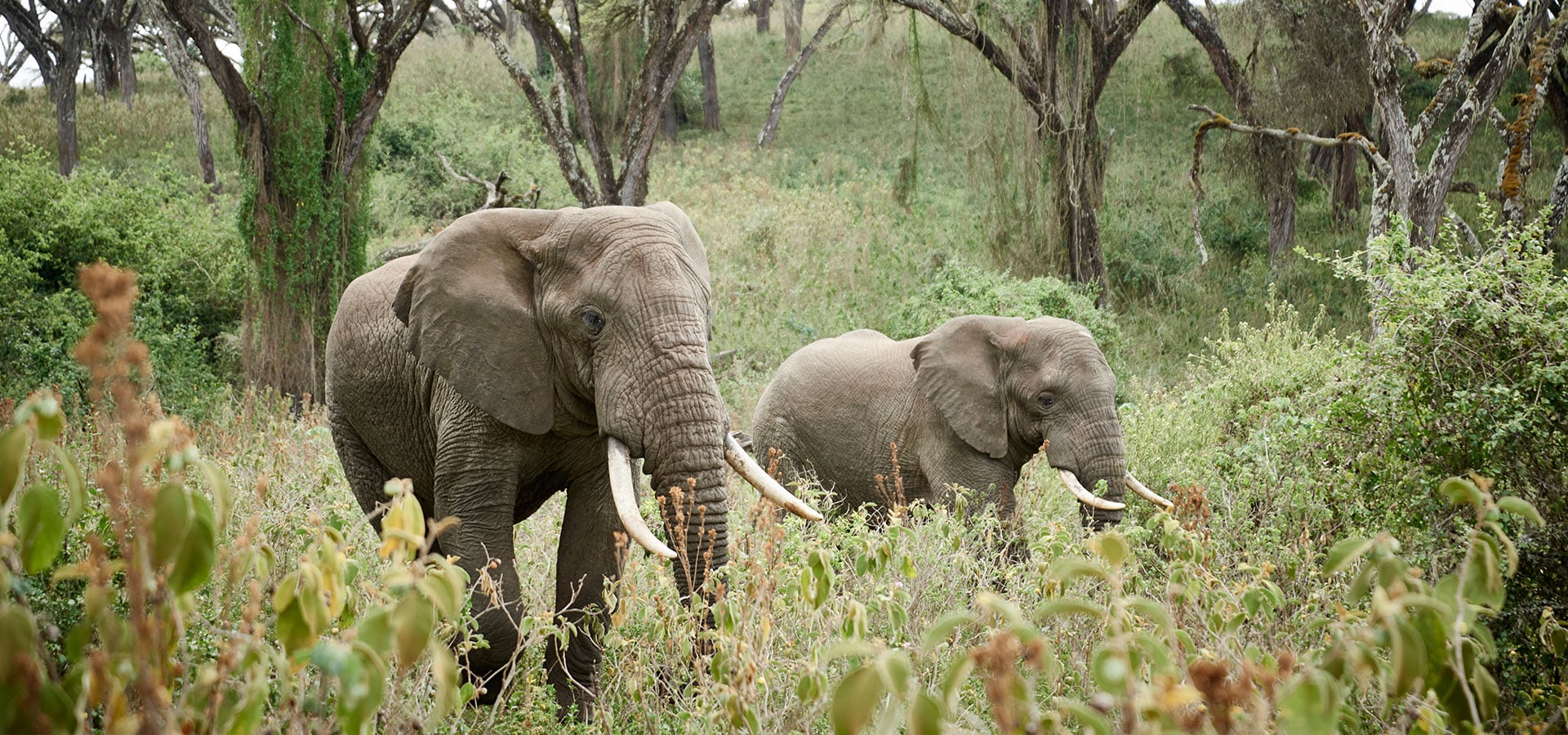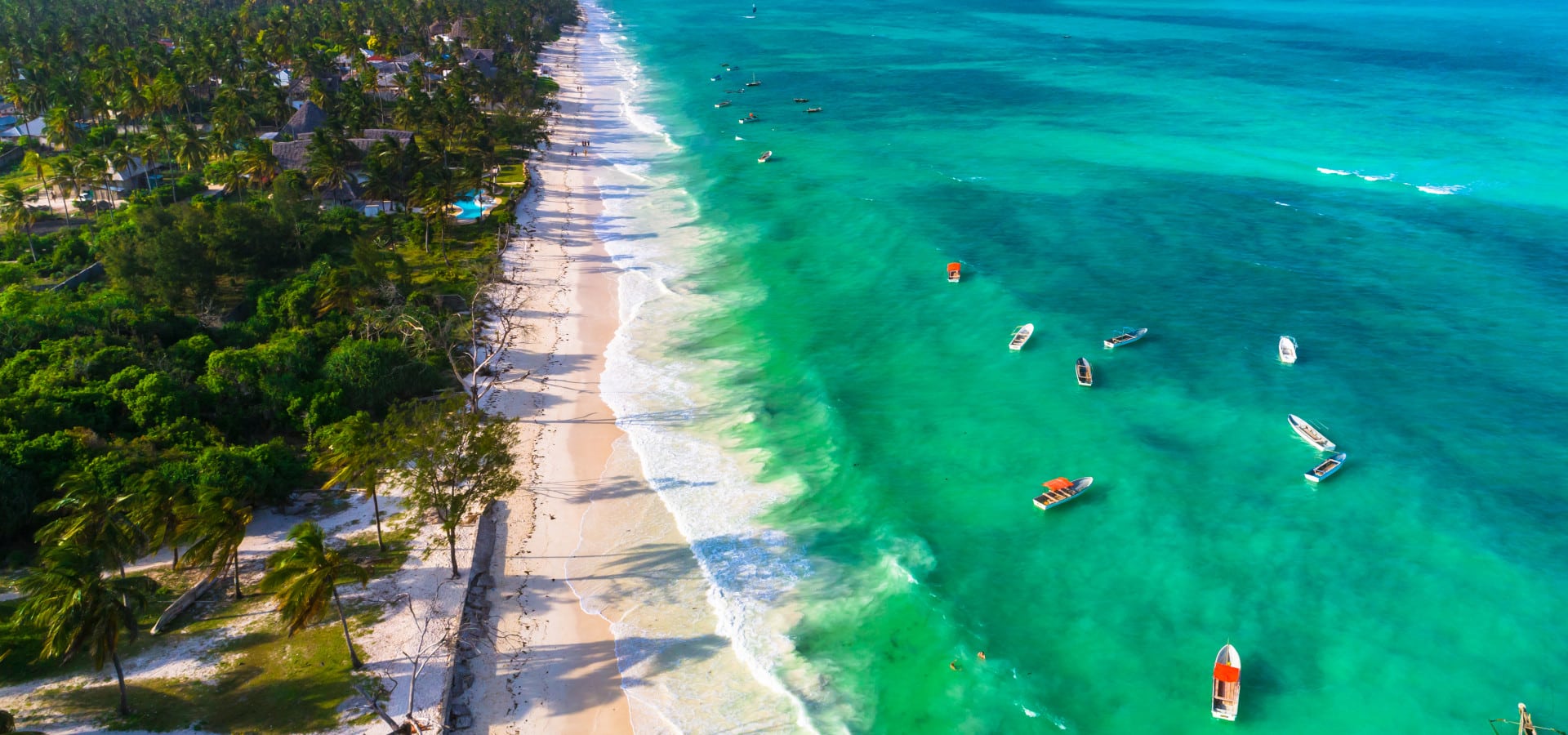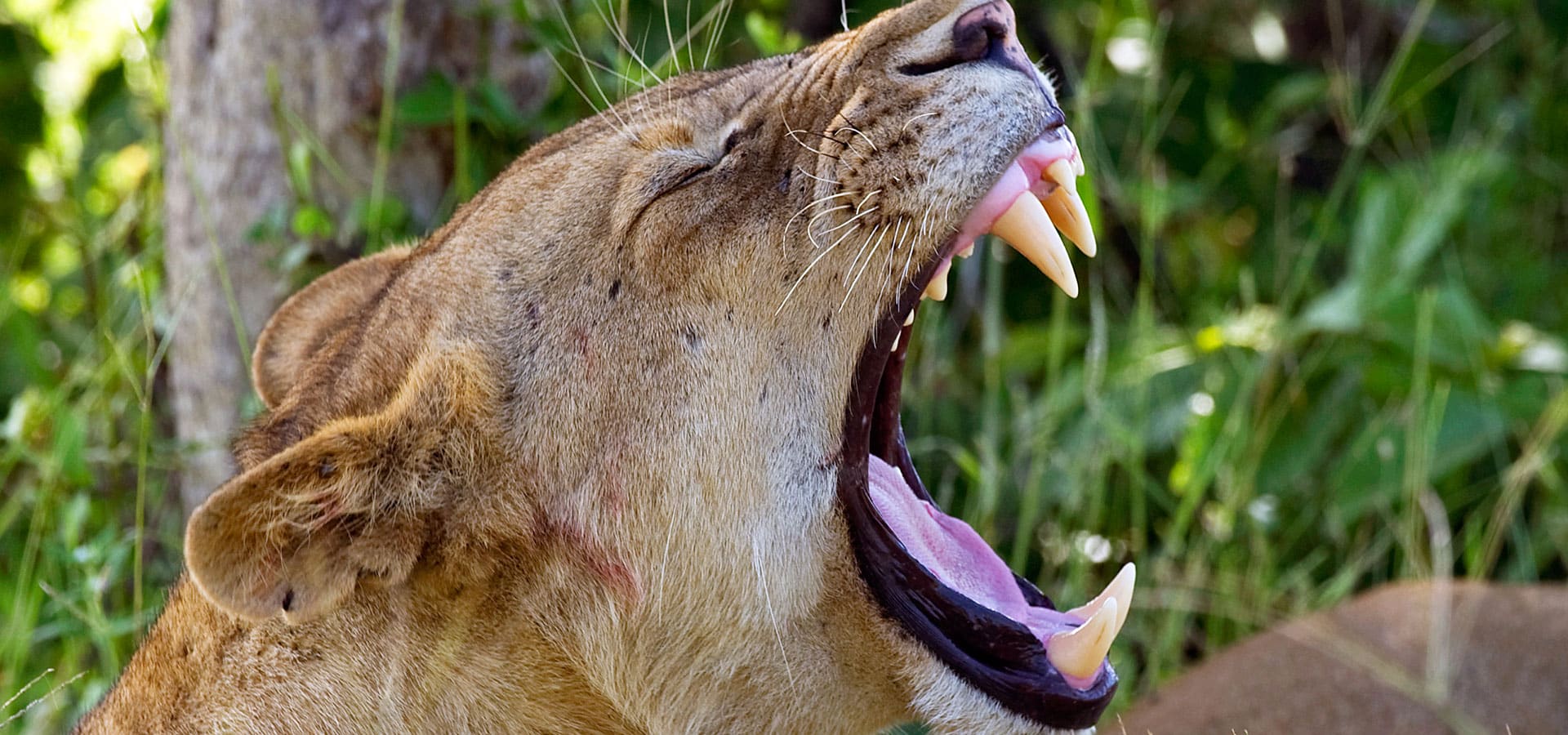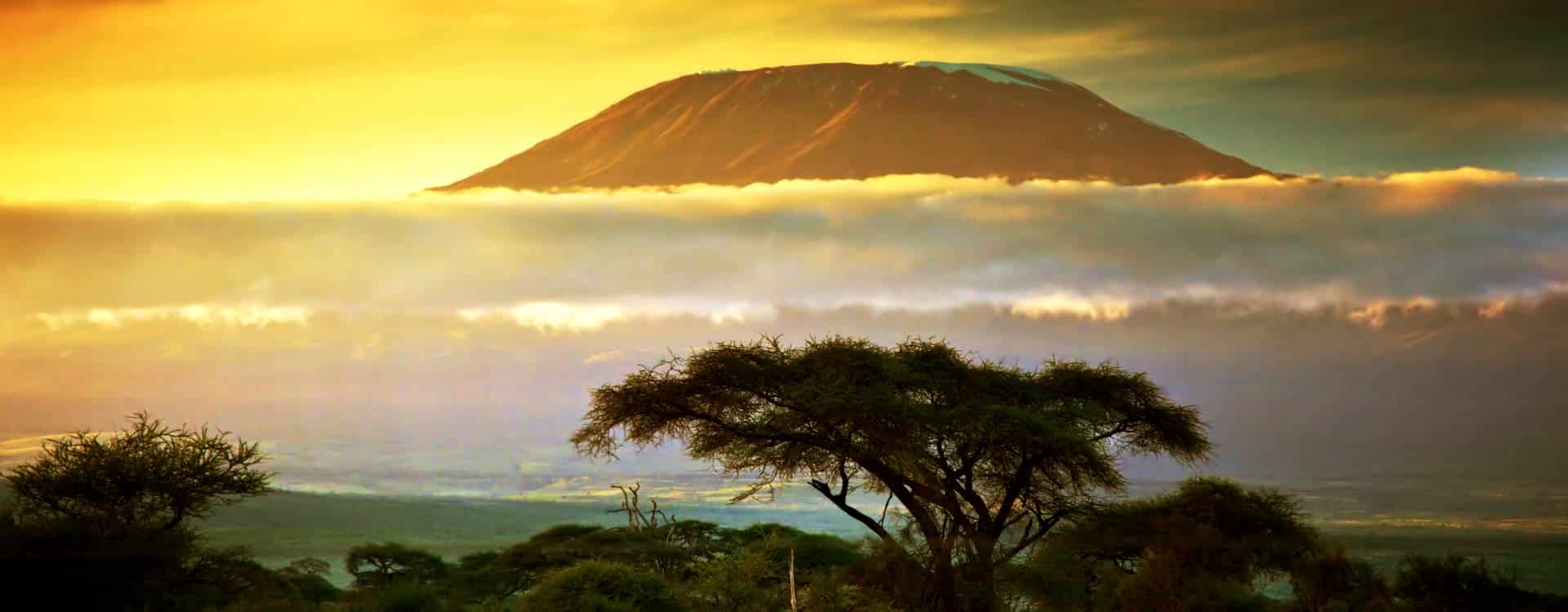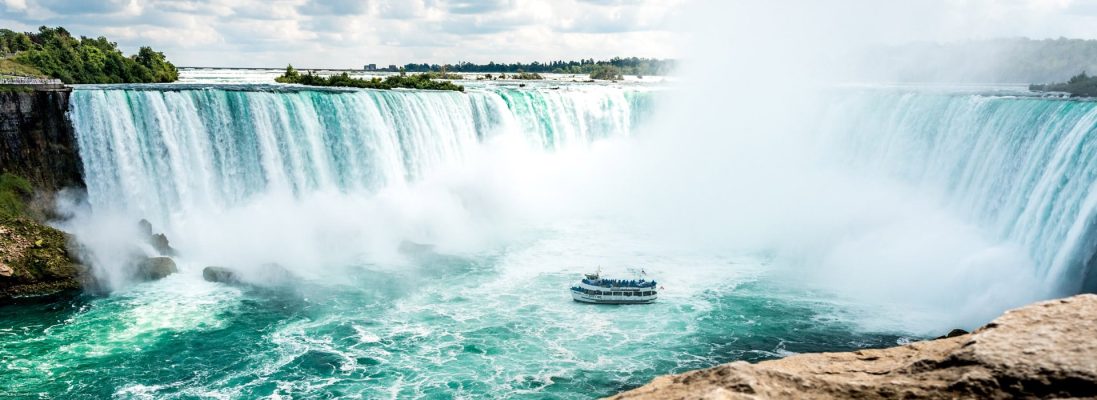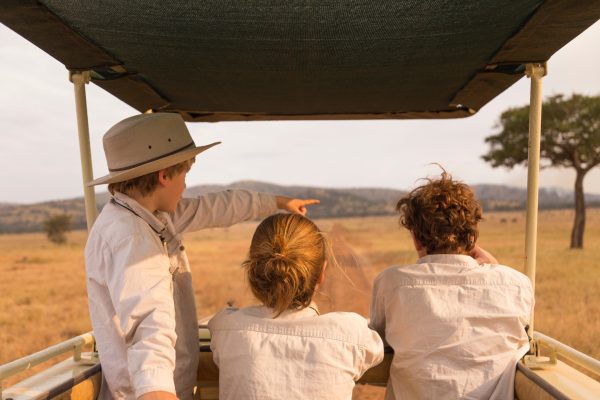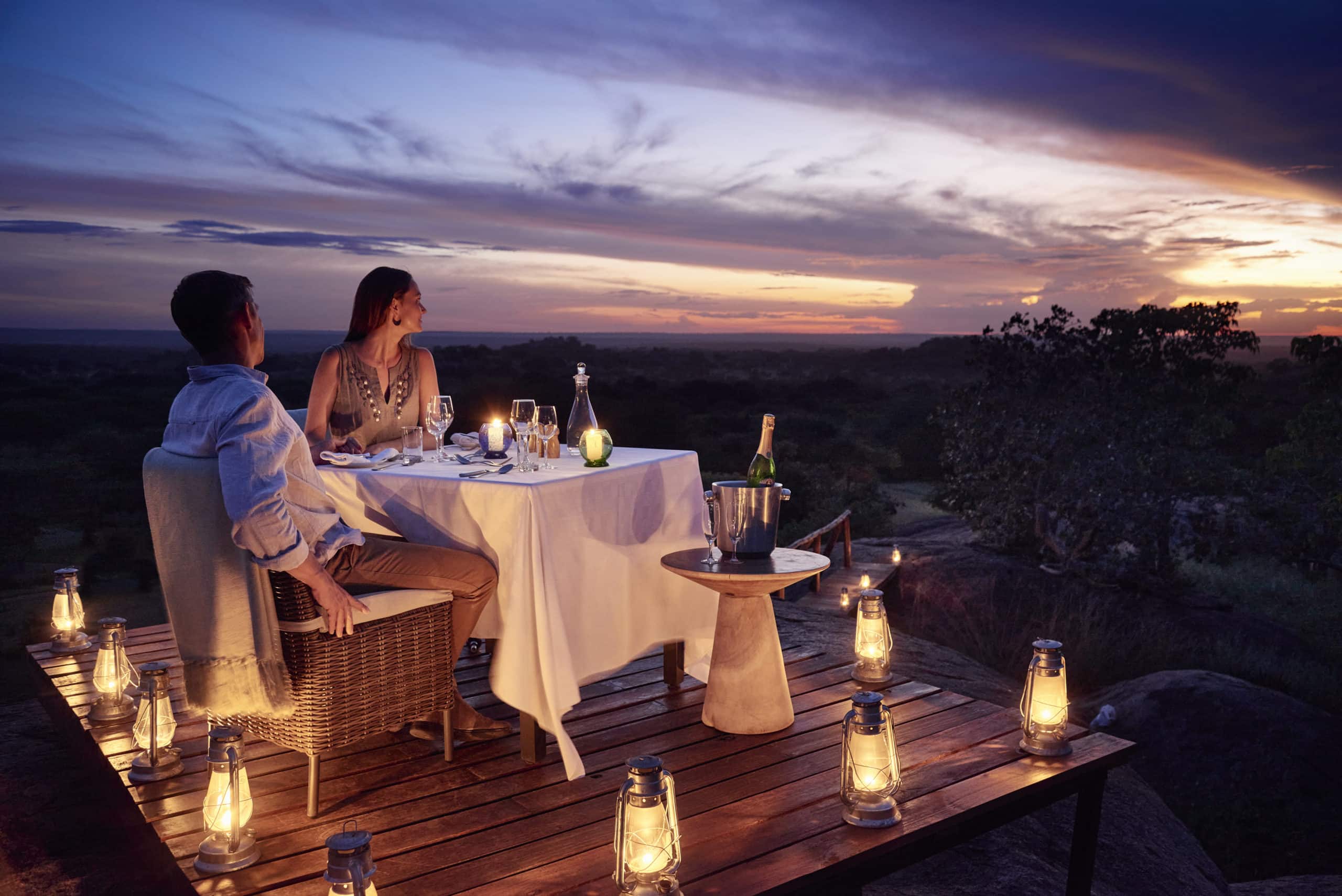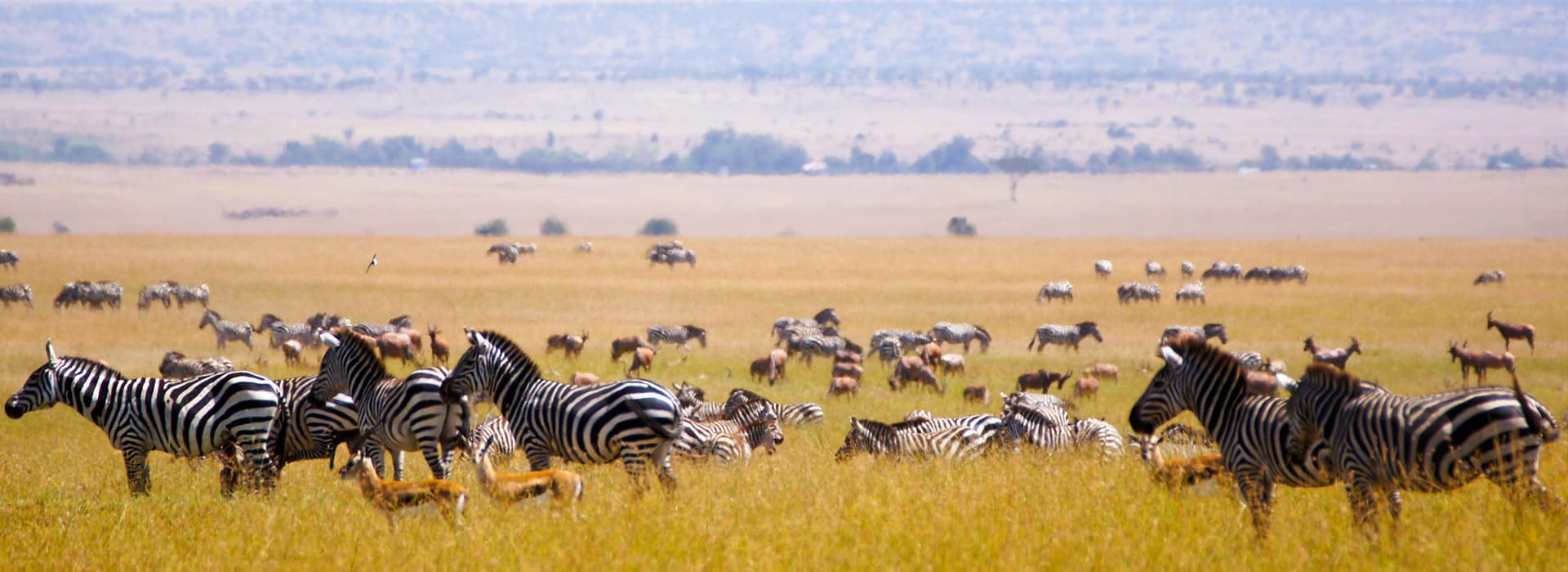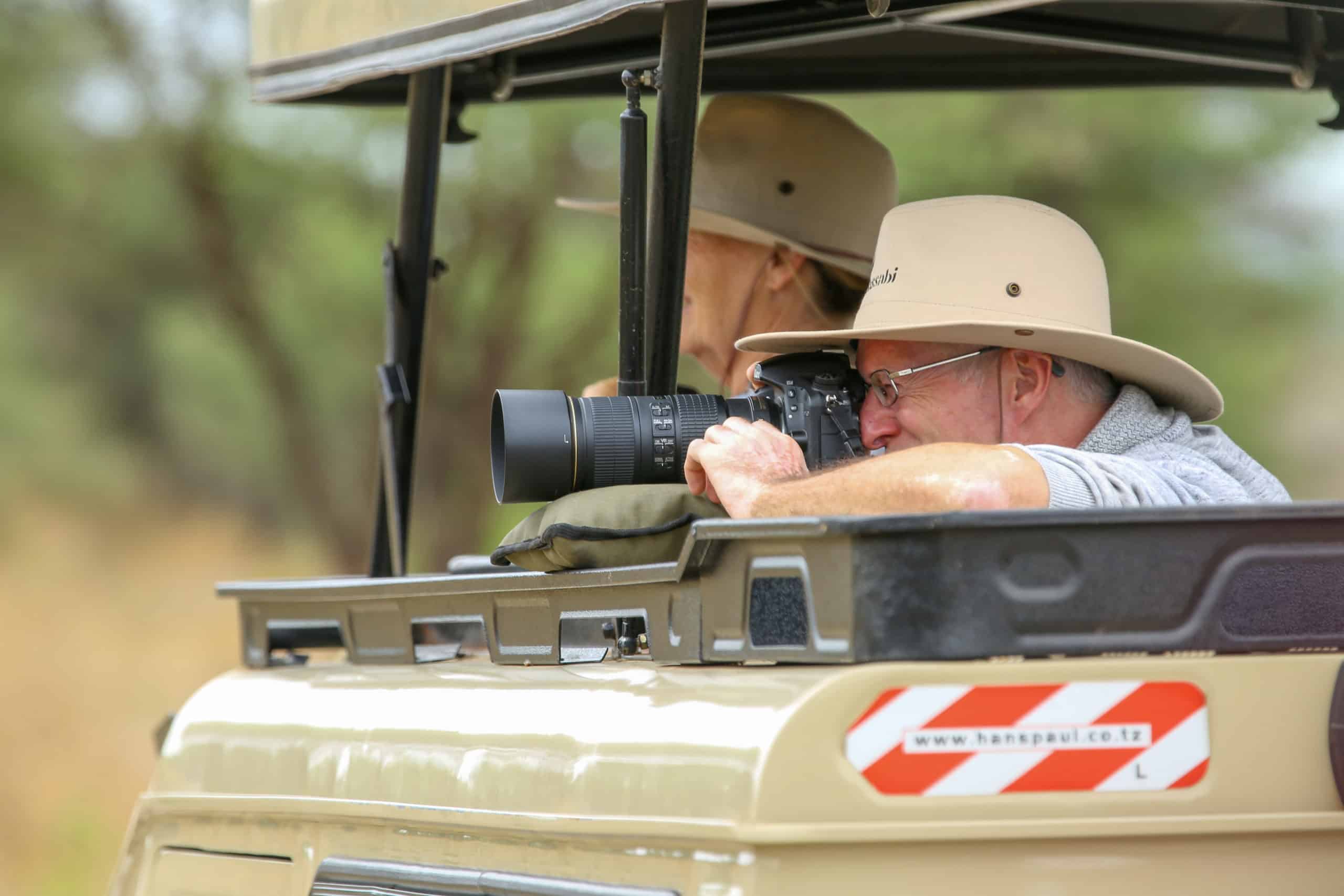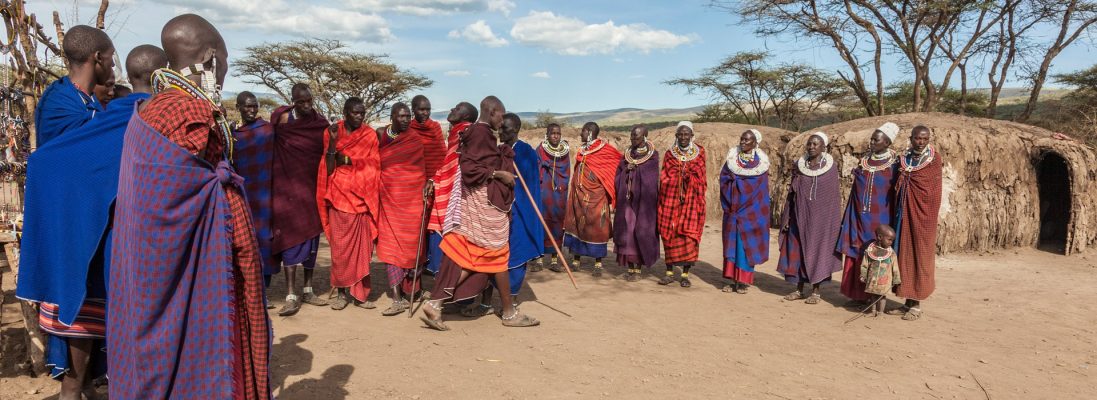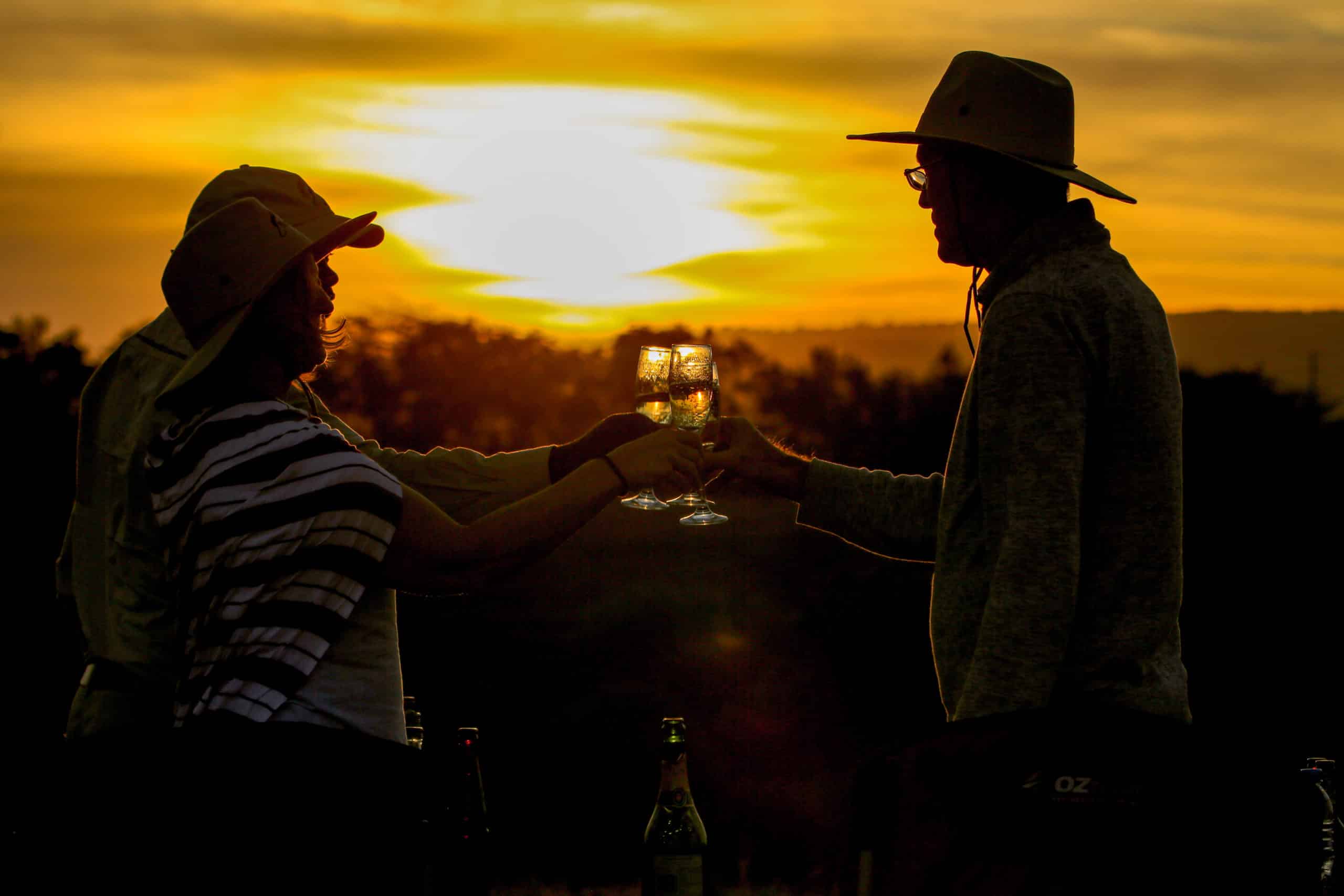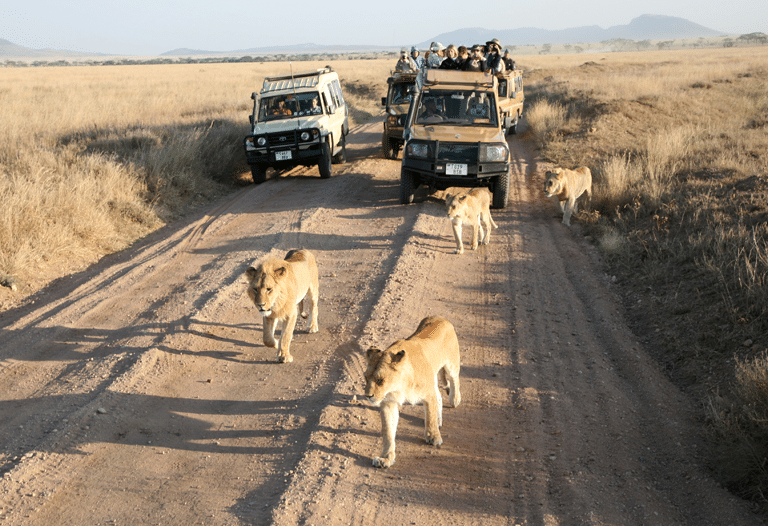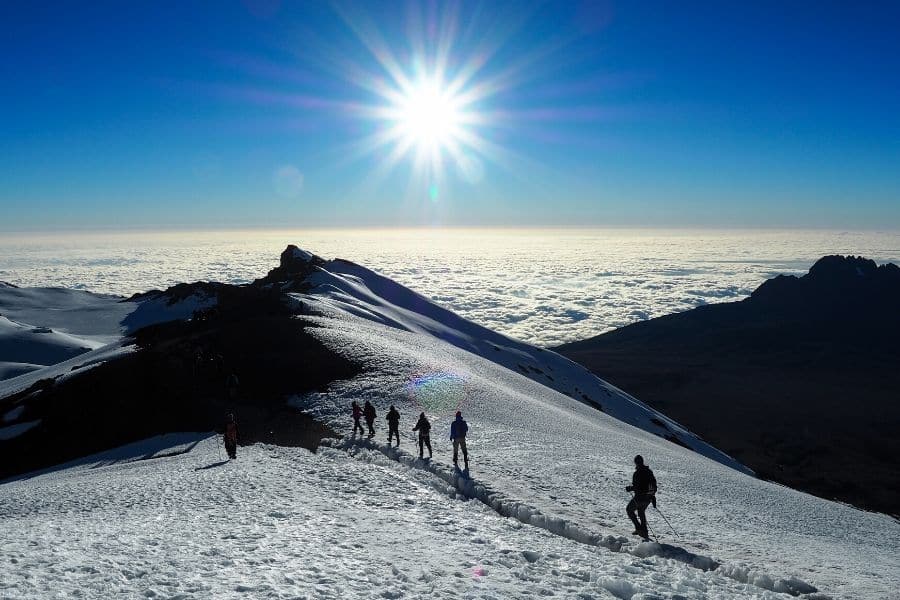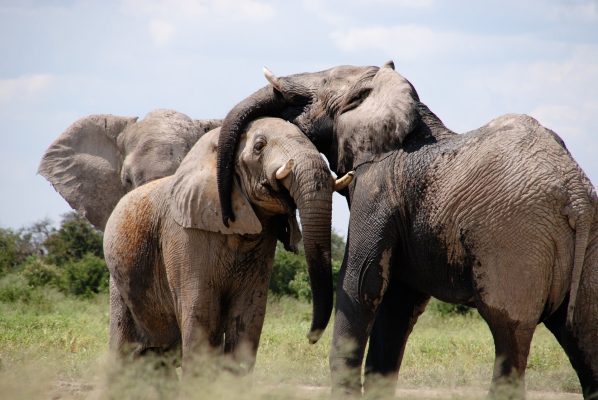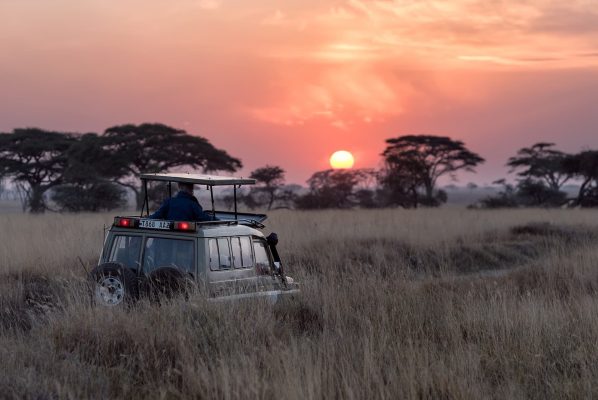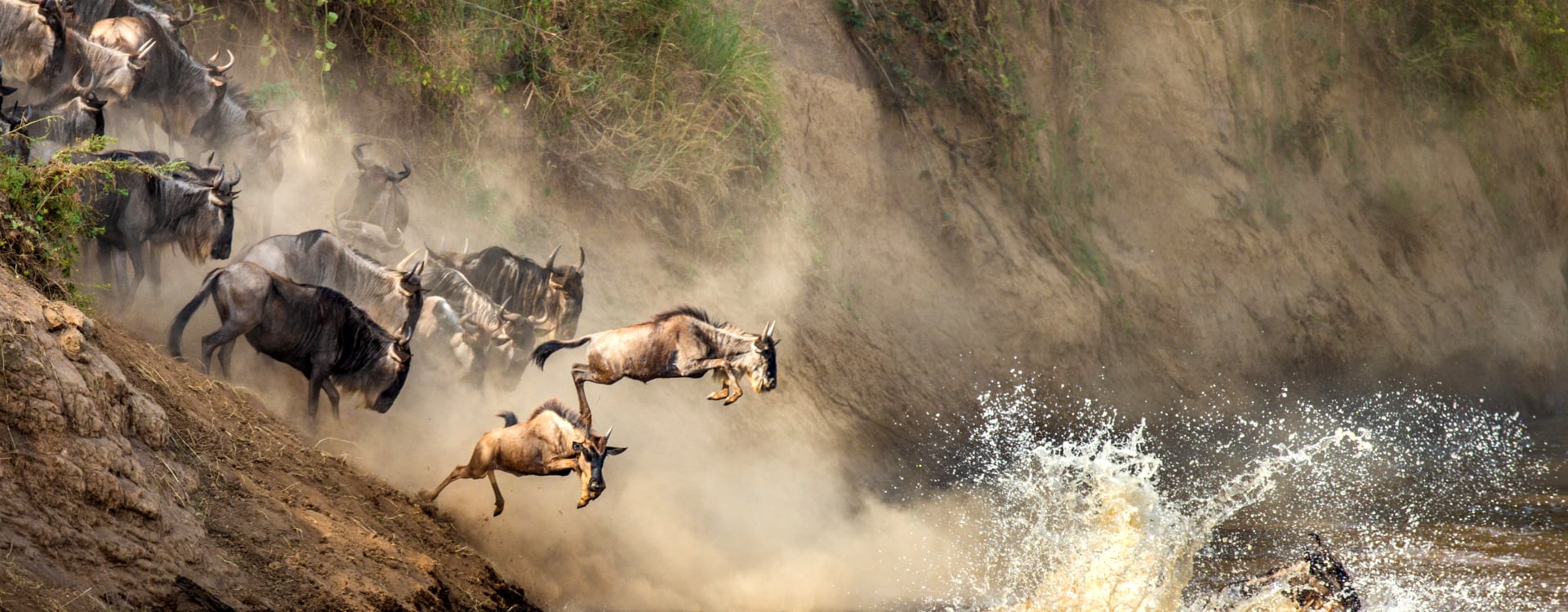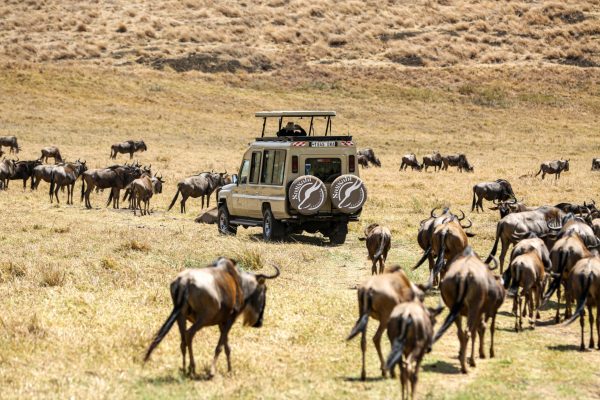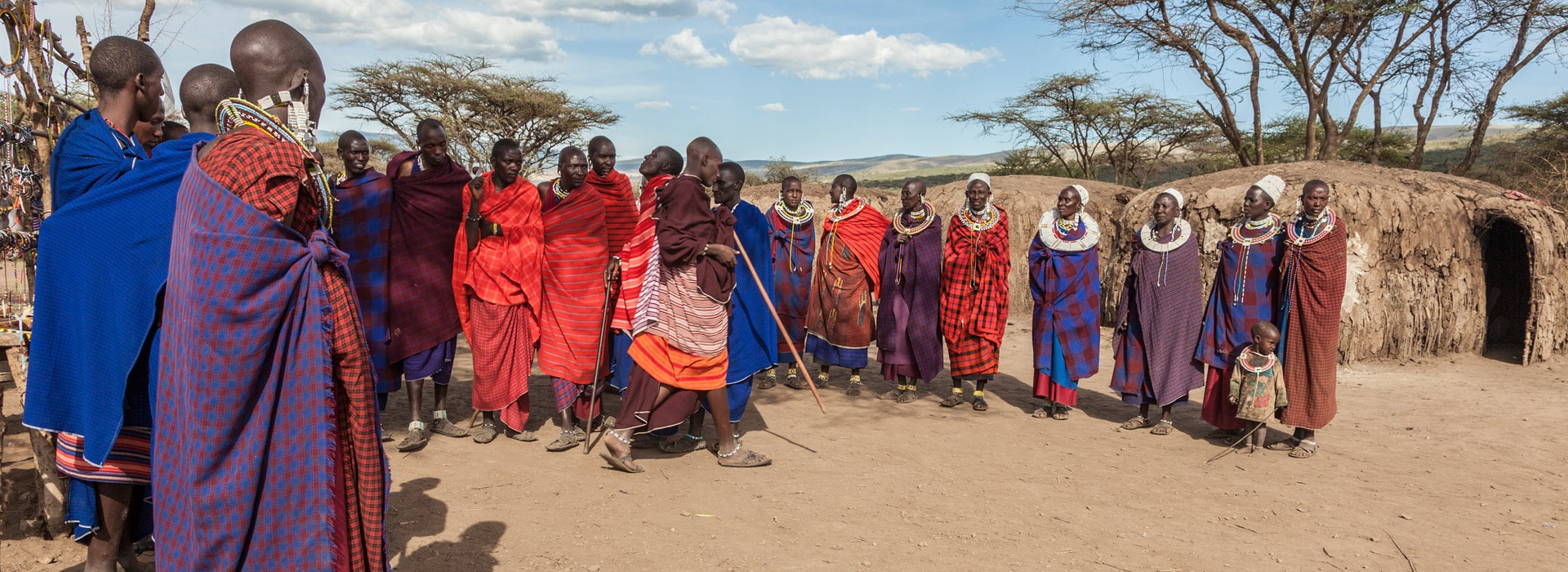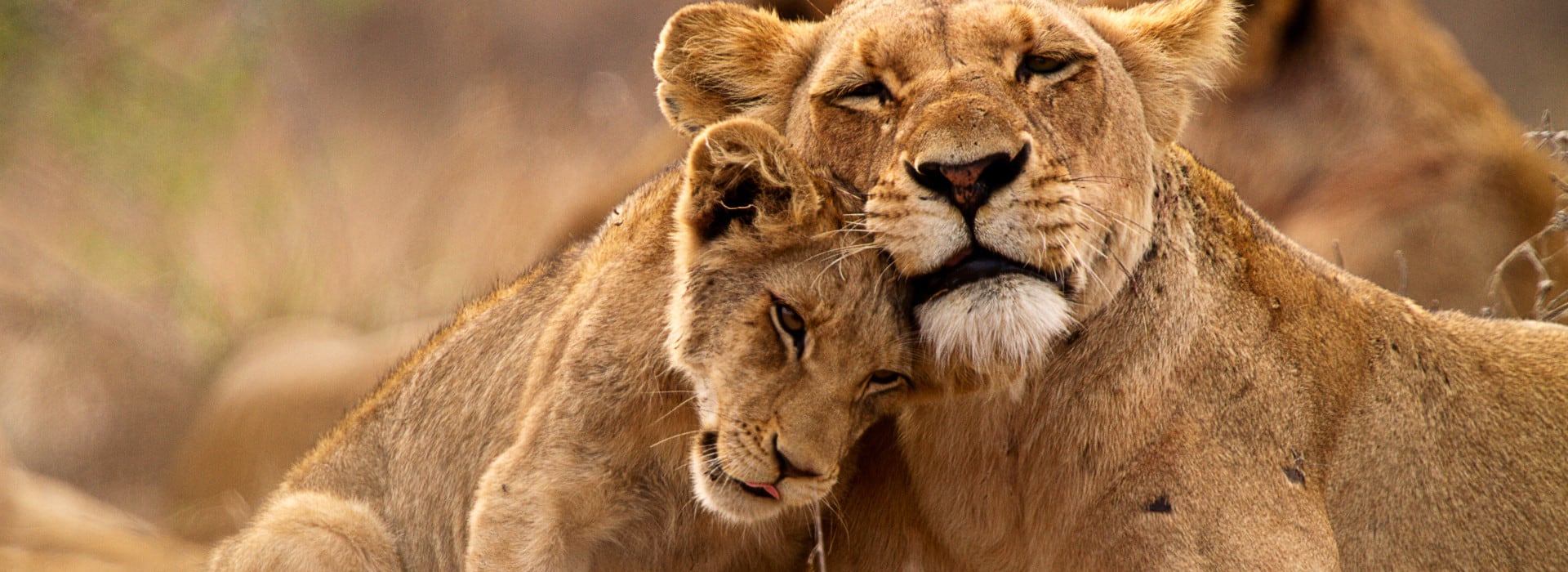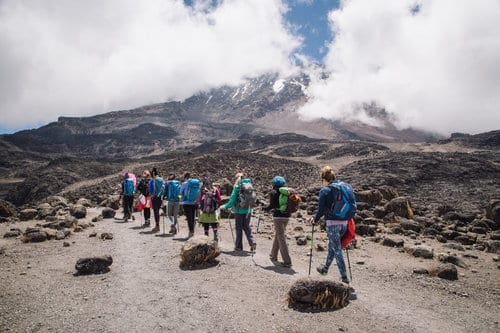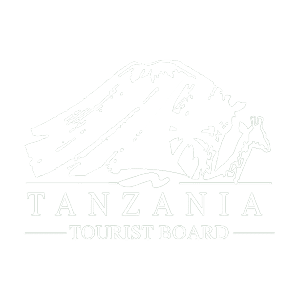The best time to visit Kilimanjaro
Climbing Mt. Kilimanjaro
Best time to visit Kilimanjaro. Also known as the Roof of Africa, the permanently snowcapped Mt. Kilimanjaro towers above the African savannah like a majestic beacon. Unlike other major peaks around the world, Kilimanjaro requires no technical mountaineering expertise as it’s possible to walk all the way to the summit. There’s also no closed season – although we do advise against climbing Kilimanjaro during the wettest months of the year.
Anyone older than 10 can reach the summit, provided they have basic fitness and allow enough time to acclimatize to the altitude. While Kilimanjaro is one of the world’s most easily conquerable major peaks (Sassabi Expeditions boasts a 9.8 success rate), it is still almost 19,300ft high. The weather can change in minutes and the area near the summit has an “Arctic” climate, year-round, so be sure to pack the right gear.
The route to the summit passes through five different climate zones, with some saying it’s like walking from the Equator to the North Pole. You’ll start by walking through hot and humid savannah and rainforest. As you gain altitude, this will give way to heath and moorlands where you can expect lots of mist and cold nighttime temperatures. Next up is the Alpine desert zone, a dry and barren part of the mountain with scorching days and freezing nights. Finally, you will reach the Arctic zone, an inhospitable place where the only precipitation is snow and there is zero protection from the sun.
1. When is the best time of year to visit & climb Mount Kilimanjaro?
It is possible to climb Kilimanjaro all year round, but we advise hiking during the dry months, especially if you are a first-time trekker. Hiking in the rain isn’t as pleasant, and you also won’t get to appreciate the panoramic views Kilimanjaro is famed for.
| Jan | Feb | Mar | Apr | May | Jun | Jul | Aug | Sept | Oct | Nov | Dec |
|---|---|---|---|---|---|---|---|---|---|---|---|
| Best | Best | Good | Poor | Good | Best | Best | Best | Best | Good | Poor | Best |
| Jan | Best |
|---|---|
| Feb | Best |
| Mar | Good |
| Apr | Poor |
| May | Good |
| Jun | Best |
| Jul | Best |
| Aug | Best |
| Sept | Best |
| Oct | Good |
| Nov | Poor |
| Dec | Best |
High Season
The best time to climb Kilimanjaro is in the dry season, either between December and mid-March or between June and October. Hiking on dry terrain is easier and the visibility is excellent.
The busiest months are undoubtedly July and August, so you might want to consider avoiding this period if you are crowd averse. June and September still offer excellent hiking conditions, without the crowds. October can be wet, especially in the second half of the month, but it can also be wonderful: Mother Nature decides!
We also highly recommend hiking in January, February and the first half of March. While still considered “high season”, the mountain isn’t nearly as busy at this time of year. As an added bonus, at this time of year there’s a very good chance of encountering snow when you go above 14,000ft.
Low Season
While we don’t recommend climbing Kilimanjaro in April or November, due to the heavy rains, hiking just before or after these months can be a very rewarding experience. Late March and late May can be gloriously dry… But they can also be wet and soggy.
2. What’s the Best Route for Me?
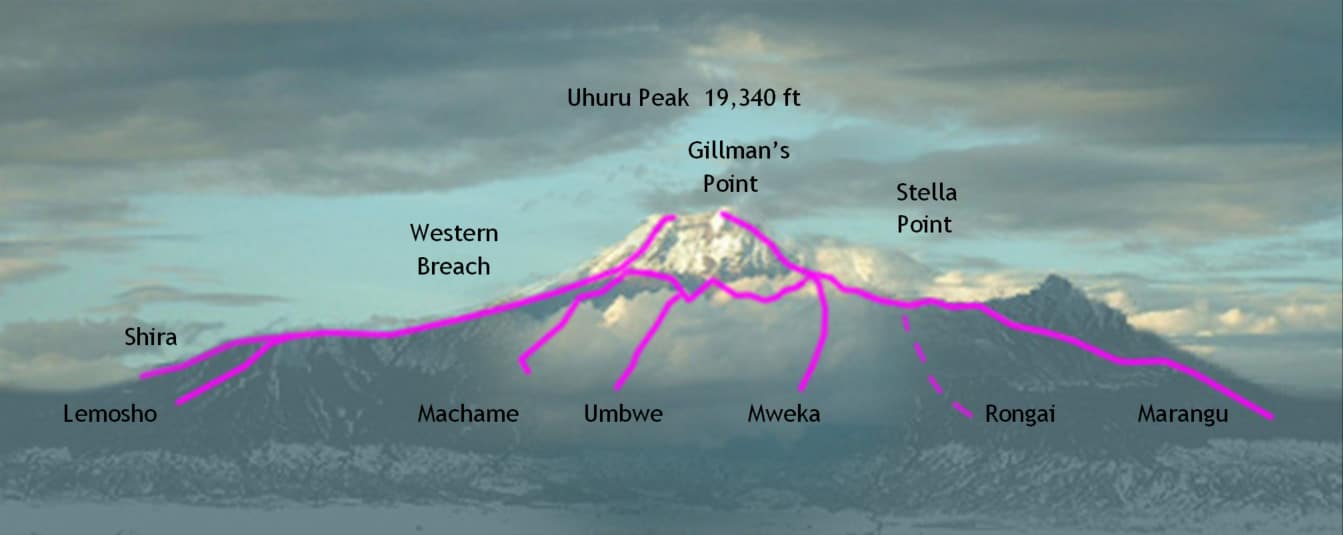
Kilimanjaro is a very large mountain, and there are lots of different ways to get to the top. Choosing your route requires balancing a number of priorities:
- Some routes are more crowded than others.
- Some routes have better views than others.
- Some routes are steeper and more direct than others. First-time hikers are better off covering a longer distance more slowly as this allows more time to acclimatize.
Machame Route
While this scenically spectacular route can be completed in 6 days, we strongly recommend doing it over 7 days, as this increases your chance of reaching the summit. This is one of the more popular routes, so it can get busy during peak season.
Lemosho Route
One of our preferred routes, Lemosho can be completed over 7 or 8 days, giving you plenty of chance to acclimatize. It departs from a really remote and beautiful spot to the West of Kilimanjaro and traverses some awe-inspiring landscapes.
Northern Circuit
Generally completed over 8 or 9 days, this relatively new route is the longest way to get to the top of Kilimanjaro. It’s highly recommended for first-time climbers as it has a very high success rate. It has the same departure point as Lemosho and is known for its views.
Shira Route
This scenically beautiful, 7-day route is only recommended for experienced hikers as it starts at high altitude (12,500ft) and doesn’t allow as much time for acclimatization.
Rongai Route
This is the only route that departs from the northern side of Kilimanjaro, so it’s got a really remote, wild feel to it. It’s usually completed over 7 days, but the first few days are fairly flat. This means that the rest of the climb is quite short and sharp, so acclimatization is trickier.
Marangu Route
Also known as the Coca Cola Route, this route is incorrectly considered to be one of the easier routes. In fact, its steep profile means that it has a relatively low success rate. Marangu is the only route where you can stay in a hut every single night. This is one of the busiest routes.
Further Questions?
Still got questions? Contact the Sassabi Expeditions team and we will gladly answer them…



